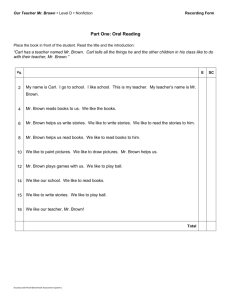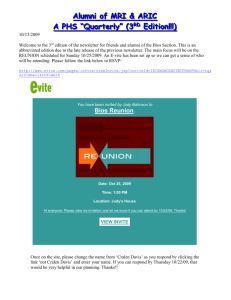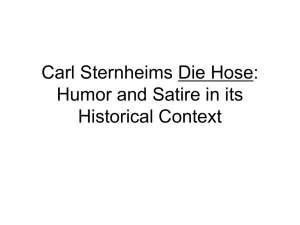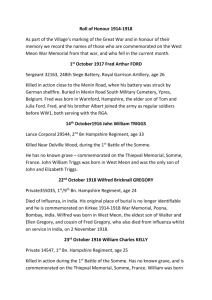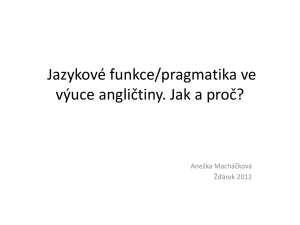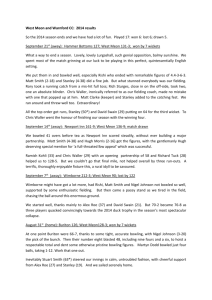Saxon Survey, September 2014
advertisement
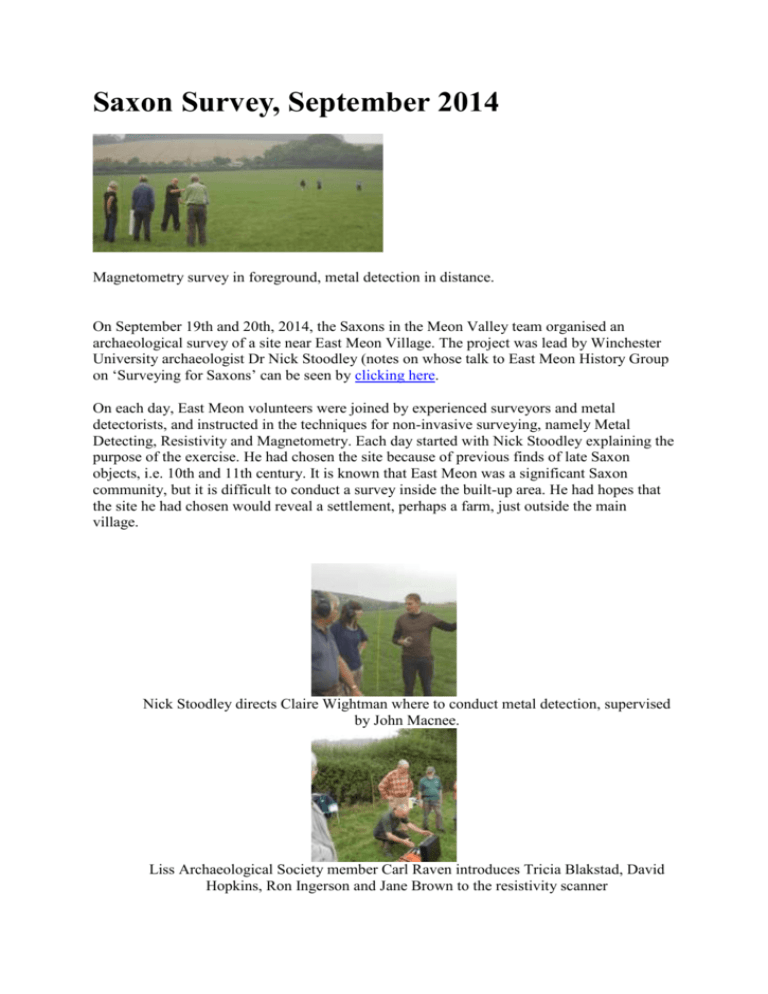
Saxon Survey, September 2014 Magnetometry survey in foreground, metal detection in distance. On September 19th and 20th, 2014, the Saxons in the Meon Valley team organised an archaeological survey of a site near East Meon Village. The project was lead by Winchester University archaeologist Dr Nick Stoodley (notes on whose talk to East Meon History Group on ‘Surveying for Saxons’ can be seen by clicking here. On each day, East Meon volunteers were joined by experienced surveyors and metal detectorists, and instructed in the techniques for non-invasive surveying, namely Metal Detecting, Resistivity and Magnetometry. Each day started with Nick Stoodley explaining the purpose of the exercise. He had chosen the site because of previous finds of late Saxon objects, i.e. 10th and 11th century. It is known that East Meon was a significant Saxon community, but it is difficult to conduct a survey inside the built-up area. He had hopes that the site he had chosen would reveal a settlement, perhaps a farm, just outside the main village. Nick Stoodley directs Claire Wightman where to conduct metal detection, supervised by John Macnee. Liss Archaeological Society member Carl Raven introduces Tricia Blakstad, David Hopkins, Ron Ingerson and Jane Brown to the resistivity scanner Dr Nick Stoodley briefs Hilary Hopkins, Alastair Dudley Williams, David Hopkins and Claire Wightman on the purpose of the day. Each of the East Meon volunteers was able to use both metal detecting and surveying technology. The metal detectors used GSP locators to record the exact position of any find, which was bagged and logged. Metal detectorists, John Whittaker in foreground. The most notable find by the metal detectorists was a Roman coin, which has been sent for validation. Several small lumps of lead were unearthed, and a musket ball from the Civil War. Richard Dampney on left, with detectorists John Macnee and Geoffrey Slingsby, Peter Street digging for metal (which turned out to be a small lump of lead) Obverse of Roman coin discovered during survey Second century Roman coin discovered during survey. Carl Raven of Liss Archaeological Society provided the geophysical survey equipment and expertise. The first step was to set up a carefully measured grid of canes and tapes, giving the exact lines along which the scans would be conducted. Carl coached two sets of volunteers, on Friday using a resistivity scanner, on the Saturday magnetometers. Carl supervises Ron Ingerson and David Hopkins in lining up the grid. Setting up the grid, Carl demonstrates to Ron Ingerson, Jane Brown and David Hopkins On the first day, Carl coached the volunteers in the use of a electrical resistance meter. Its metal probes are inserted into the ground to obtain a reading of the local electrical resistance Archaeological features can be mapped when they are of higher or lower resistivity than their surroundings – for instance, a stone foundation might impede the flow of electricity, while the organic deposits within a midden might conduct electricity more easily than surrounding soils.The team started scanning along the lines of the grid. On the following morning Carl returned with printouts of the scans … ‘great images, but nothing is detected’. Carl Raven explains how electrical resistance meter works to, left to right, Trcia Blakstad, David Hopkins, Ron Ingerson and Jane Brown The morning after … the scan shows no relevant traces. Carl Raven prepares resistivity scanning kit, watched by Tricia Blakstad, David Hopkins, Ron Ingerson and Jane Brown. On the Saturday, Carl demonstrated the use of magnetometers, which measure variations in the earth’s magnetic field. They react strongly to iron and steel, brick, burned soil, and many types of rock.They scanned the rest of the grid. The results will not be known until Carl returns from holiday. Jenny with magnetometer and Carl Jenny starts to scan Carl demonstrates use of magnetomter to David, Hilary, Alastair and Jenny. Carl briefs Alastair Dudley Williams, Jenny Ertle, Hilary and David Hopkins For notes on Nick Stoodley’s talk on Surveying for Saxons, click here. For a brief history of Saxon East Meon, click here. For background material on Saxons in East Meon on the digital archive, click here . East Meon Website | Along The Meon Portal | Contact Us | Web Design Copyright Notice

